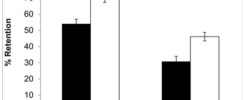Daylight savings time transitions disruption our circadian rhythm
Previous articleDo you want to boost your memory by about 20%? Next article Are you making enough serotonin?
Next article Are you making enough serotonin?
 Next article Are you making enough serotonin?
Next article Are you making enough serotonin?